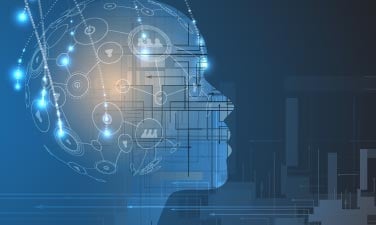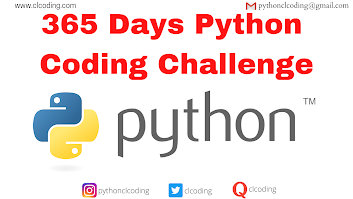PyCon UK 2025: Building Bridges in the Python Community
Python enthusiasts, mark your calendars! PyCon UK 2025 is set to take place, bringing together developers, educators, and Python lovers from across the United Kingdom and beyond. With its rich lineup of talks, workshops, and community events, PyCon UK is more than a conference—it's a celebration of the Python ecosystem and the people who make it thrive.
Event Details
Dates: September 19–22, 2025
Location: Manchester, United Kingdom
Theme: "Innovate, Educate, Collaborate"
Format: In-person and virtual attendance options
What to Expect at PyCon UK 2025
PyCon UK has built a reputation for being a welcoming, inclusive, and inspiring event. Here’s what you can look forward to this year:
1. Keynote Speakers
Gain insights from leading voices in the Python community and beyond. Keynote speakers will cover diverse topics, from Python’s role in AI and web development to its applications in education and research.
2. Informative Talks
A wide range of sessions will cater to all levels, from beginner tutorials to advanced technical deep dives. Expect discussions on Python’s latest features, best practices, and real-world applications.
3. Interactive Workshops
Get hands-on experience with Python frameworks, libraries, and tools. Workshops are designed to help attendees sharpen their skills in areas like data science, machine learning, and software development.
4. Networking and Community Building
Meet fellow Pythonistas, share experiences, and build lasting connections during social events, coffee breaks, and community meetups.
5. Education Track
Special sessions dedicated to Python in education will showcase how the language is being used to empower learners of all ages.
6. Developer Sprints
Contribute to open-source projects and collaborate with others in the Python community during the popular sprint sessions.
Who Should Attend?
Developers: Learn new skills and discover tools to enhance your work.
Educators: Explore how Python can be used to teach programming effectively.
Students and Beginners: Start your Python journey in a friendly and supportive environment.
Community Leaders: Share ideas and gain insights into building inclusive tech communities.
Registration and Tickets
Visit the official PyCon UK 2025 website ([https://www.python.org/events/]) to register. Early bird tickets are available, so don’t miss out!
Get Involved
PyCon UK is a community-driven event, and there are plenty of ways to contribute:
Submit a Talk or Workshop Proposal: Share your knowledge and experience.
Volunteer: Help make the event a success.
Sponsor the Conference: Showcase your organization’s commitment to Python and its community.
Explore the UK While You’re Here
PyCon UK isn’t just about Python—it’s also an opportunity to experience the history and culture of the UK. Take time to explore the host city, its landmarks, and its culinary delights.
Register : PyCon UK 2025
For live updates join : https://chat.whatsapp.com/DnUHvLFgFYBEv0sdMZzs2m
Join Us at PyCon UK 2025
Whether you're a seasoned developer, an educator, or someone just beginning their Python journey, PyCon UK 2025 has something for you. This conference is more than an event; it's a chance to learn, connect, and contribute to the vibrant Python community.
Don’t miss out on this exciting opportunity. Register today, and we’ll see you at PyCon UK 2025!









































%20in%20Finance).jpg)

















